Creating the perfect villain is no easy job. But the process is an awesome part that every dungeon master will experience someday.
Portraying the bad guys is an awesome part of the adventure-building process that every dungeon master experiences. Learn how to create the best BBEG (Big Bad Evil Guy) ever.
However, I often hear about dungeonmasters struggling with this.
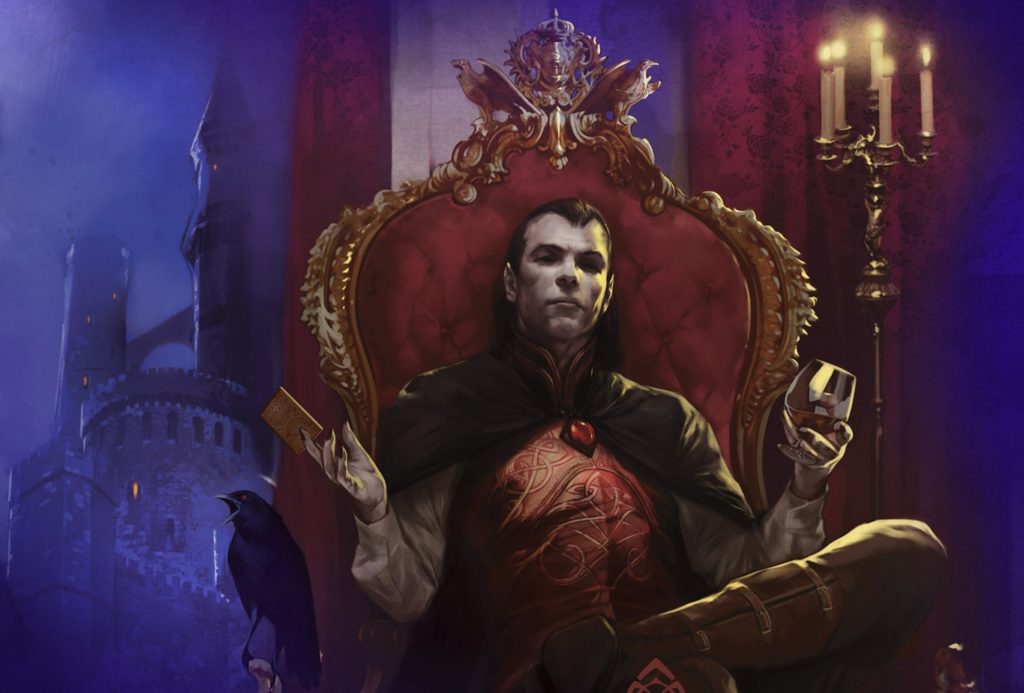
Creating a villain is so much fun! You have to have fun and be creative. While there are some monotonous bad guys out there, I strongly suggest you dedicate some time to make him different. He must shine in some ways, but also have some flaws.
Make him REAL.
What Is a Villain?
“No man chooses evil because it is evil; he only mistakes it for happiness, the good he seeks.” – Mary Shelley
A villain is a (belivable) antagonist that devotes every day of his life/existence to a sole purpose. Whether it’s making people suffer, take revenge, expand his army/reign or become the ruler of the world.
A villain is a smart being (usually) that wants to accomplish its purpose. He will do whatever it takes to do so. Even if that includes killing the entire party (what a coincidence! it ALWAYS includes a Total Party Kill)
The villain sees the world in a skewed way, they can enact change and are actually motivated to do so.
Some types of villains:
- Beast (Dragon, Tarrasque)
- Criminal (Tony Camonte, Bonnie and Clyde)
- Anti-villain (Vincent and Jules, Patrick Bateman, Hannibal Lecter)
- Supernatural (Freddy Krueger, Aliens, Demons)
- Personification of Evil (Darth Vader, Count Dracula, Sauron)
- Mastermind (Lex Luthor, Dr. Evil)
- Corrupted (Michael Corleone, Jack Torrance, Regan MacNeil)
- Henchman (Agent Smith, Boba Fett)
- Femme Fatale (Eve Harrington)
- Equal (General Zod)
- Disturbed (Norman Bates)
- Machine (Terminator, Ultron)
- Bully (Johnny Lawrence, Biff Tannen)
3 Tips You Must Know To Create The Perfect Villain:
1.- Sympathetic ≠ Redeemable
The first tip to create a villain that is fun to both create and use in the campaign is: no one is 100% evil, but not everybody is redemable.
You can have a villain that is sympathetic but sometimes evil is evil and you can’t go back
#SorryNotSorry
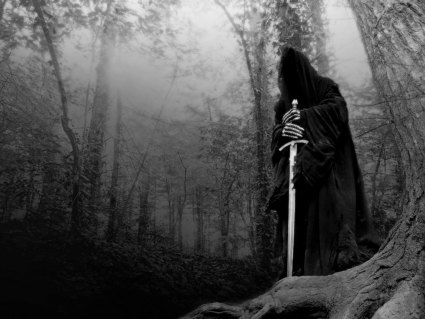
Many people believe that every villain is born good and that if you “touch their heart” you can understand his problems and (by some kind of psychological therapy) turn them back into a good being.
Your goal should not be to redeem your villain somehow but make them sympatetic. If he’s evil, there’s a reason, and that reason should be believable.
It should be SO believable that when a player puts himself on the villain’s shoes, he can understand why the villain is doing what he’s doing and say “If I were in your situation, I can’t say I wouldn’t do the same thing”.
2.- Give Your Villain Achievable Goals
The second tip I can give you is to give your villain motivations and objectives.
The villain must have clear motivations. I’m not telling you to have him go out and talk to the party to tell them what’s going on and what the villain is trying to do.
Make sure you are clear about what the villain is trying to do. And they (villains) should be trying to do that ALL the time.
I can’t stress how much I hate when (in cartoons or movies) the villain is about to win and he decides to stop to tell the players his whole plans (instead of killing them) and somehow the players manage to escape and (now that they know the plan) they sabotage it and win.
Whenever the villain is not attacking or acting, he should be plotting to achieve whatever he’s trying to achieve.
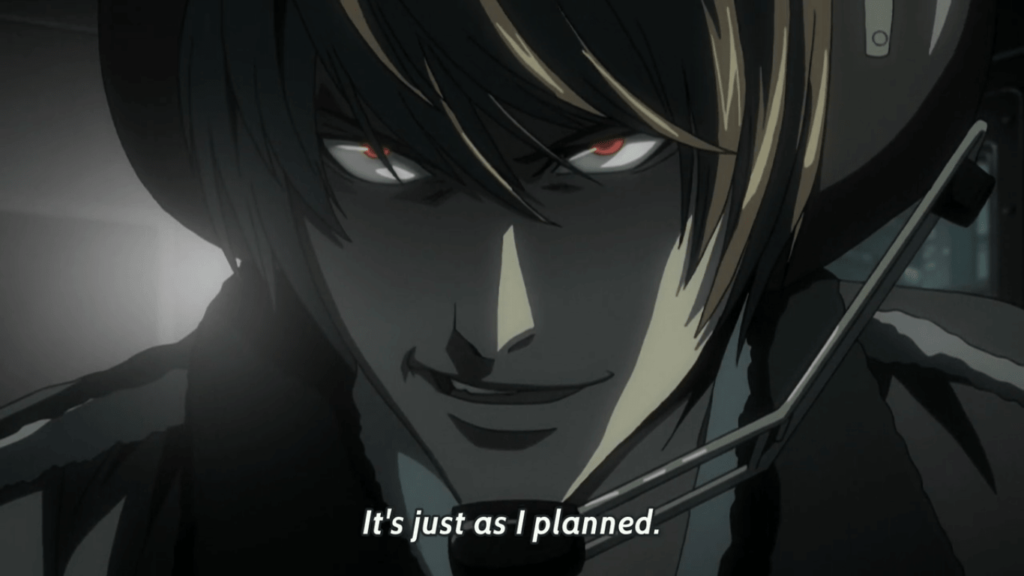
Think of:
- Strahd Von Zarovich
- Lolth
- Vecna
- Asmodeus
They all have a reason to exist and do evil things, they have a plan and a defined personality that differs between them.
3.- Inspire Fear
Players should be afraid and respect the villains. They should be trying to run away (at least, in early levels) if they meet him. Not insult him and be ready to battle him anywhere.
As a DM, your job is to make the villain inspire fear, terror, and destruction as he appears. You can use many storytelling techniques to help you, describing effects (fear aura, shadow, mist, storm, etc).
If you want some inspiration, you can read Strahd Von Zarovich’s description in Curse of Strahd.
However, if the players want to fight him, let them. Punish them. Destroy them. That’s how they will learn.
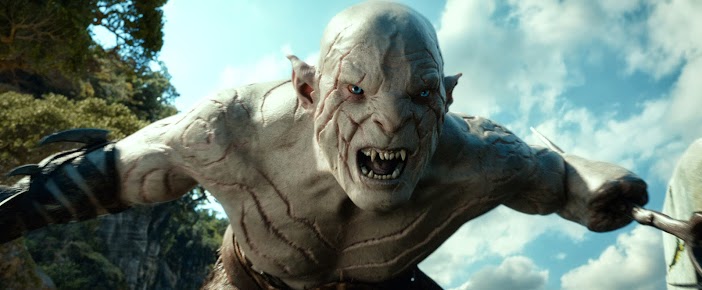
YOU are the DM and YOU are responsible for what the villain can do. If you let your players laugh at him and lose respect, it’s your fault.
But be careful.
You do not want a TPK (if they don’t deserve it). Players have to learn to play smart and measure danger. The villain can inspire fear in other ways that still hurt them:
- Killing a companion (killing a dog is always traumatic for the players *cries*)
- Casting a spell and becoming invisible is frustrating for the players
- Paralyzing them, walking slowly towards them and torturing with words, then breaking a magic item in front of them, leaving them no way to respond.
- Giving nightmares to the players and torturing them while they sleep, so they wake up with diminished stats or HP.
That’s why they’re called BBEG (Big Bad Evil Guy).
Tip: You can use these Weather Trackers to remind your players when mist or storm is ocurring.
Final Words
If there’s something I’d like you to remember from this post are these keywords: Personality, believable goals, and motivations.
Players should be excited and afraid to meet them!
Follow me on Facebook & Twitter to keep in touch and be notified whenever a new post goes live!



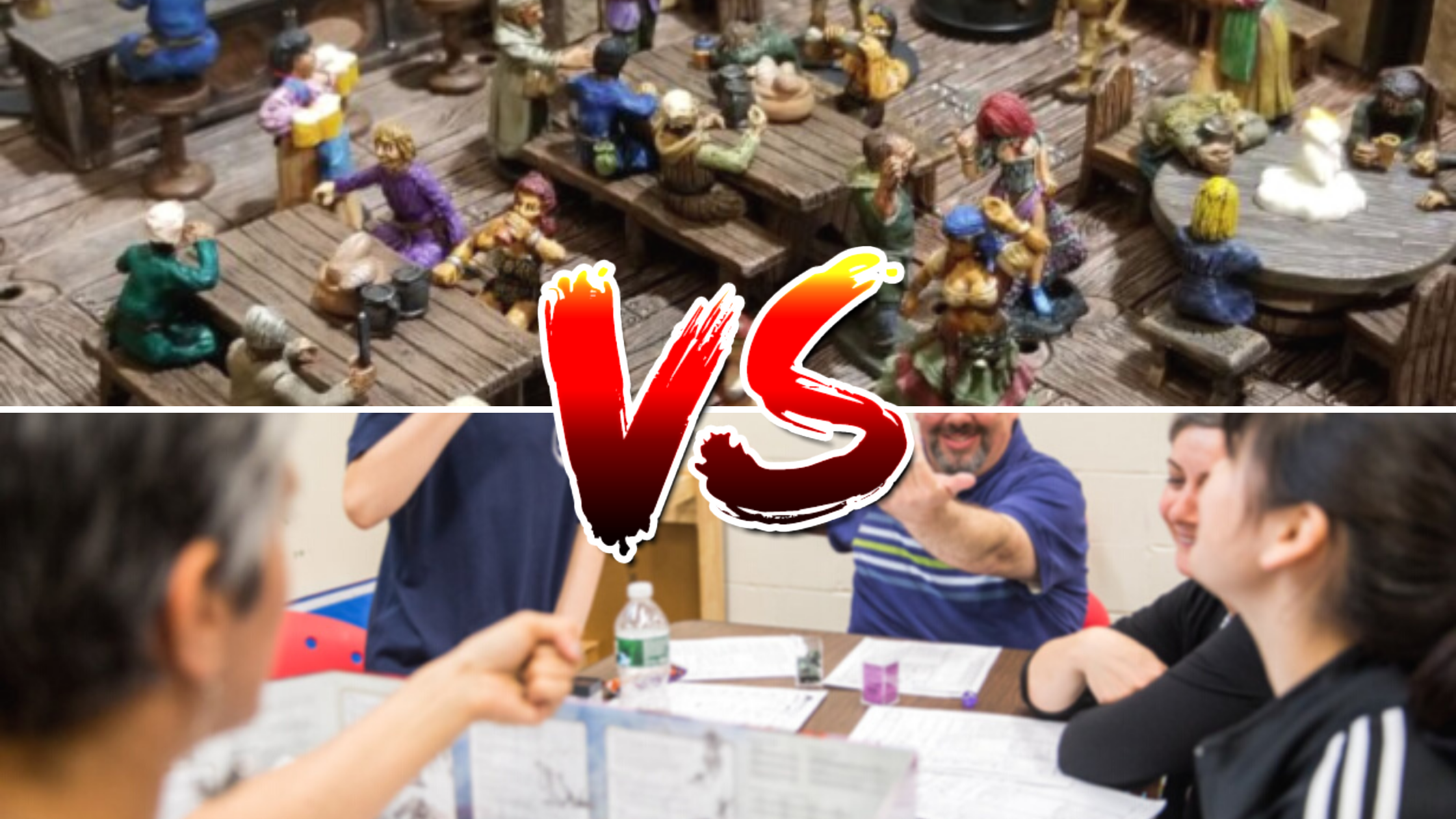
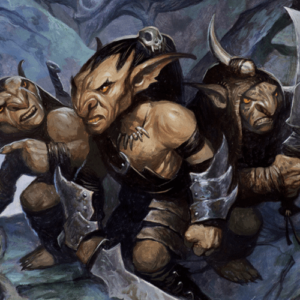
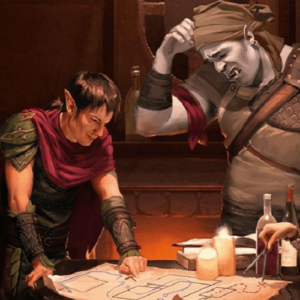
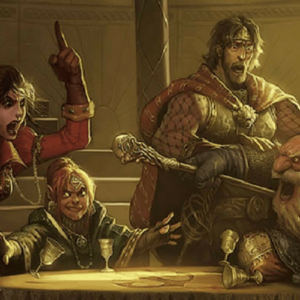
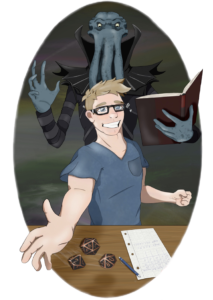
Leave a Reply